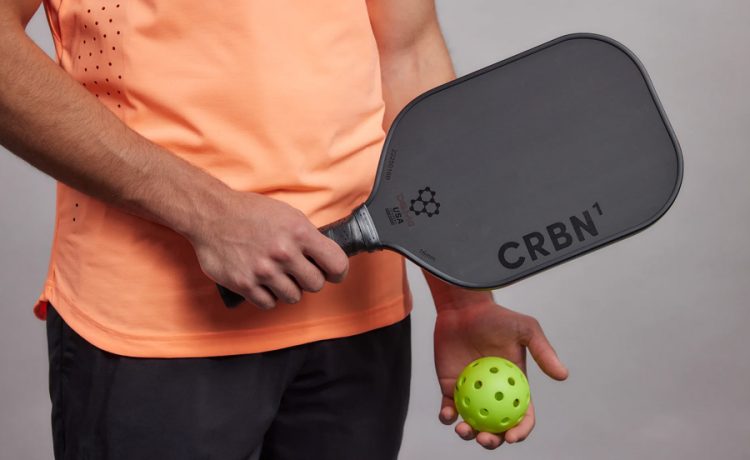For pickleball enthusiasts seeking to elevate their game, the choice of paddle is paramount. Among the myriad options, paddles crafted from carbon fiber and graphite stand out as premium contenders. Understanding the nuances of these materials is key to making an informed decision that aligns with your playing style and budget. Both offer distinct advantages, impacting paddle weight, feel, power, and control. This article delves into the core differences, helping you navigate the world of the best pickleball paddles.
Understanding the Materials: Graphite and Carbon Fiber
Graphite and carbon fiber might seem interchangeable, but they possess critical differences in their composition and performance. Graphite is a crystalline form of carbon, known for its lightweight nature and excellent vibration dampening properties. This translates to a softer feel upon impact and enhanced control over the ball. Carbon fiber, on the other hand, is composed of carbon atoms bonded together to form long, thin fibers. These fibers are then woven into a fabric and infused with resin to create a strong and lightweight material. This construction provides increased stiffness and power compared to graphite, resulting in more forceful shots.
The Feel and Performance Difference on the Court
The material composition of a pickleball paddle is a key determinant of its performance and greatly influences the on-court experience. Graphite paddles are often favored for their forgiving nature, providing a softer feel that caters to players who prioritize control, finesse, and the art of dinking. This characteristic softness enhances dwell time – the duration the ball remains on the paddle’s surface – granting players greater precision in placement and spin generation. Conversely, carbon fiber paddles offer a crisper, more responsive feel, translating to a surge in power. This quality makes them particularly appealing to players who embrace an aggressive baseline game and favor powerful drives. The inherent stiffness of carbon fiber facilitates more efficient energy transfer upon impact, resulting in notably faster ball speeds. Choosing between graphite and carbon fiber hinges on a player’s preferred style, balancing control and power for optimal gameplay.
Weighing the Pros and Cons: Power vs. Control
The advantages and disadvantages of each material revolve around the trade-off between power and control. Graphite paddles excel in providing exceptional control, reducing vibration, and facilitating precise shot placement. However, they might lack the power needed for offensive shots and aggressive gameplay. Carbon fiber paddles, on the other hand, shine in delivering powerful shots and generating increased ball speed. However, they may sacrifice some degree of control and require a more refined technique to manage the increased responsiveness.
Price Point and Durability Considerations
Price is another significant factor to consider. Generally, carbon fiber paddles tend to be more expensive than graphite paddles due to the more complex manufacturing process and the higher cost of raw materials. While both materials are durable, carbon fiber is generally considered to be more resistant to wear and tear, potentially offering a longer lifespan. Graphite paddles, while more affordable, might show signs of wear more quickly, particularly with frequent use. Ultimately, the choice depends on your budget and playing frequency.













